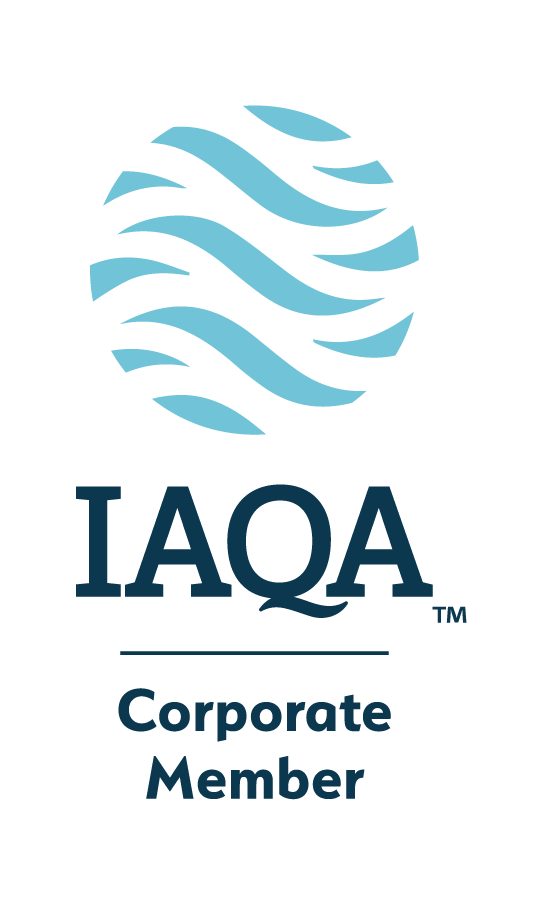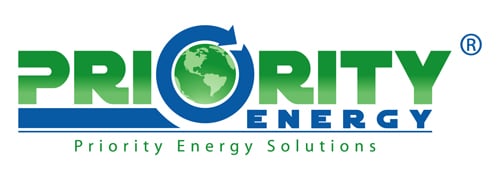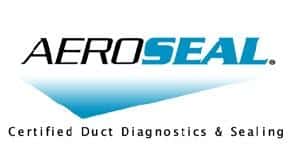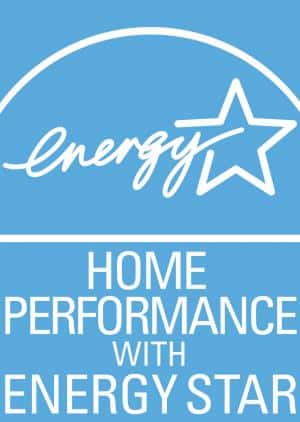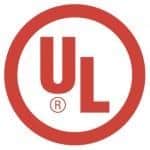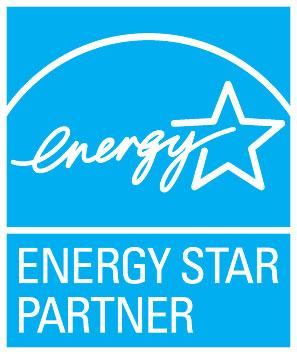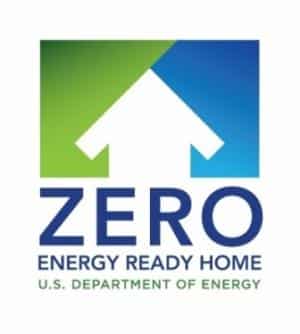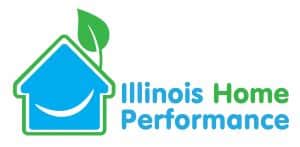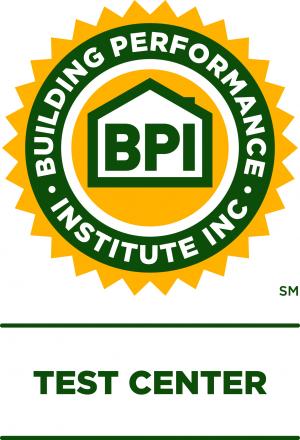Priority Energy provides indoor air quality assessments and solutions for homes, offices, schools, hotels, hospitals and other commercial buildings.
How Do You Test Indoor Air Quality?
We assess the four main components of indoor air:
1. Indoor Temperature
71 – 72 °F optimizes comfort and productivity and minimizes sickness in the home and workplace. In offices, a large study indicated that as temperatures in the winter decreased below 73.4 °F, sick building symptoms diminished (Lawrence Berkley Laboratories).
2. Moisture Levels
- Moisture content in our building products should stay below 20% to minimize the growth of fungus.
- Relative humidity should be maintained between 35% – 60% depending on conditions, to minimize bacteria, fungus, viruses, and other airborne contaminants (EPA).
3. Particulates
While the health effects of indoor-generated particles are poorly understood, higher concentrations of outdoor air particles are strongly linked to premature death and a variety of adverse health effects (LBL).
4. Pollutants
VOCs, or volatile organic compounds, can be found in buildings in the form of soil, gases, carbon dioxide, carbon monoxide, sulfur dioxide, nitrogen dioxide, formaldehyde, pet dander, dust mites and more.
How Do You Improve Indoor Air with High Contaminant Levels?
Priority Energy has a team of building science specialists and BPI-certified Healthy Home Evaluators who will a) identify the source of the contaminant and b) present the most effective options to correct the problem. They will then re-test the air quality once the prescribed measures have been implemented to be sure the improvement plan was successful.
Our IAQ report and recommendations will follow our proven methodology for improving air quality and creating a healthier indoor environment.
Our four step process includes:
- Eliminating air leaks in the building envelope and ductwork.
- Removing indoor pollution sources.
- Diluting remaining indoor particulates.
- Filtering/ventilating any remaining contaminants.
Ethylene Oxide (C₂H₄O) Testing
Priority Energy’s state-of-the-art sensing equipment will measure toxic air pollution and potential cancer-causing chemical levels. Ethylene Oxide is a flamable gas and poses health risks with indoor and outdoor exposure.
